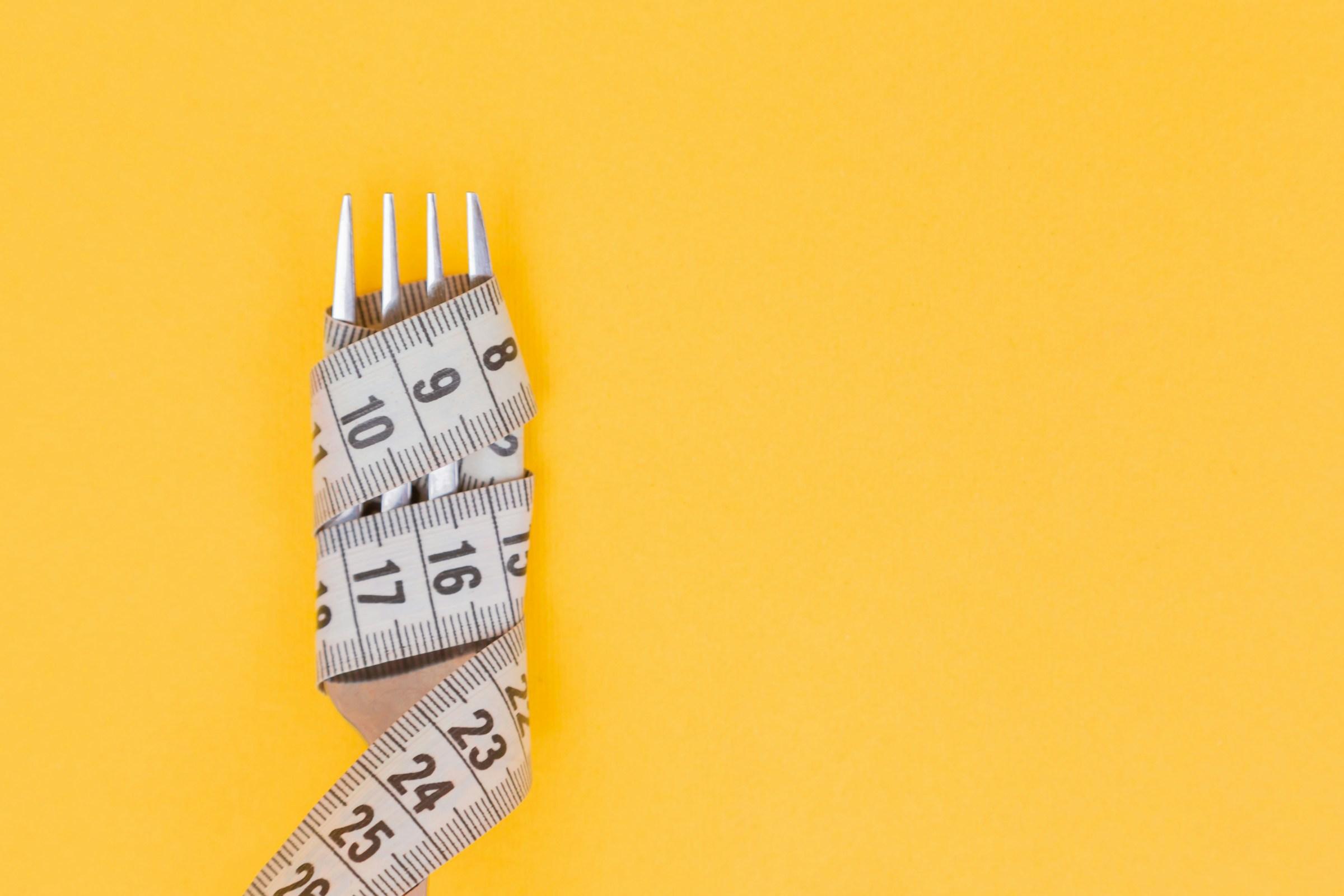Energy is not a mood or a personality trait. It is a budget. Every day your body collects deposits from food, sleep, and rest, and it spends those deposits on movement, thinking, digestion, repair, immunity, and the quiet hormonal signals that keep everything coordinated. When intake falls below demand, the body does not scold you. It makes tradeoffs. It keeps what is essential, and it trims what is optional. The result often looks like a handful of small annoyances rather than one dramatic crisis, which is why many people miss the pattern for months. Yet energy deficiency has a shape, a rhythm, and a set of consequences that repeat across ages, training styles, and lifestyles.
The first place most people notice the shortfall is in the mind. Focus frays early in the day. A task that once felt automatic now asks for more attention than it deserves. You read a paragraph and realize you did not absorb any of it. You bounce between tabs in search of stimulation and relief, and you lean on caffeine for short boosts that work until tolerance builds. The change is subtle because you can still do the work. You simply spend more effort to reach the same result. That extra effort is the price of an unbalanced budget.
Mood follows close behind. Irritability becomes common, not as an outburst, but as a thin film over the day. Small setbacks carry more weight than they should. Social energy shrinks. You might finish a workout feeling clear and alive, only to feel flat and withdrawn in the evening. That contrast is a clue. It shows that the system can still push in short windows, but it cannot sustain across the full day. Consistency breaks, not because you lack willpower, but because the body is rationing its remaining capacity.
The metabolism is not a fixed engine. It is responsive. When fuel is short, resting energy use trends downward. You do not choose to slow down. You simply fidget less, sit more, and pass on the stairs. Non exercise movement drops without a conscious decision. Hunger cues swing from very quiet to very loud. Some people eat below their needs for several days and then overeat in a single window. Others hold intake steady, but their body quietly reduces output elsewhere. Weight can stall, fall, or even creep upward because glycogen, water, and digestion create noise in the short term. What looks like stubborn fat is often the fog of a system that is moving resources around to defend the core.
Hormones are the messengers that carry out this shift. Thyroid signaling slows to reduce heat and conserve energy. You notice that you feel cold in rooms that used to feel fine. Skin runs drier. Hair sheds a little more in the shower. For women, cycle length can stretch or skip. For men, morning energy and drive decline. None of this is a verdict on your character. It is a mechanical response to a consistent gap between supply and demand. The body is not failing. It is adapting. The cost of that adaptation is a reduction in functions that are less urgent for survival.
Sleep often changes in quiet and confusing ways. You may fall asleep quickly, which feels like a win, but then you wake at two or three in the morning with a busy mind and a slightly elevated heart rate. Deep sleep shrinks on hard training days. Dreams feel more active and more memorable. You wake feeling unrefreshed even after spending eight hours in bed. It is easy to blame stress alone. Stress plays a role, but the timing often reveals the deeper cause. Running low on fuel while asking for high output creates a signal that the nervous system cannot ignore. Sleep becomes lighter and more fragmented as the body tries to balance immediate needs with limited resources.
Training performance becomes streaky under a deficit. Warm ups take longer to feel normal. Sets feel heavier even when the numbers have not changed. Sprint repeatability falls. Ratings of perceived exertion climb without an obvious reason. Recovery markers lag, and soreness lingers into a third day. There are still good sessions, which is part of why people dismiss the problem. Those good sessions are rare, and they cost more. Progress starts to look like noise rather than a clear upward line.
Immunity trims its margin when energy is scarce. This does not mean you will be sick all the time. It means small issues take longer to resolve. A mild cold hangs on for ten days instead of three. Mouth ulcers appear. Skin breaks out under friction from clothing or equipment. Cuts close more slowly. You notice the pattern most clearly after travel or a week with heavy deadlines, because those weeks raise demand while sleep and food often slip. The system can cope, but it does not bounce.
Digestion sends signals that many people misread. The stomach feels tight in the morning. Appetite gathers at night. Bloating appears after simple meals. Constipation and urgency rotate in an annoying cycle. None of this is random. The gut slows when energy is short, then tries to catch up when the window opens. Add high stress or an extra cup or two of coffee, and the swings become more pronounced. People chase elimination diets and exotic supplements when the basic fix is to align intake with demand and to stabilize timing.
Bones and connective tissue repay the deficit with interest over time. At first you feel nothing. Later you notice familiar pains returning. A shin that behaved for months starts to complain again. A tendon nags for weeks instead of days. Jump volume that used to be fine now asks for extra spacing. Runners often see this during big training blocks that overlap with life stress. Lifters can hide the problem for longer, but it eventually arrives as an elbow that will not calm down or a shoulder that always feels a degree tighter than it should.
The path out does not start with motivation. It starts with clearer information. Take a snapshot of reality instead of relying on memory or hope. How many hard sessions are you truly doing each week. How many steps does your phone show you on weekdays and weekends. What time are you turning the lights off, and what time are you waking up, not just once in a while but across two weeks. How often are you traveling. What do your workdays actually feel like. The truth sits in the calendar and the sensor logs, not in the story you tell yourself when you are trying to be optimistic.
Match intake to that reality. You do not need a perfect macro plan to climb out of a hole. You need a steady rhythm. Anchor breakfast with protein and slow carbohydrates on workdays so your brain has fuel when you ask it to perform. Choose a simple lunch that you can repeat under pressure. Place your biggest meal near your hardest training window. Keep snacks practical. Fruit and yogurt is practical. A sandwich and milk is practical. Rice and eggs is practical. The goal is not culinary creativity. The goal is reliable fuel.
Hydration and electrolytes work like a dial rather than a switch. Most people drink when they feel thirsty, but many forget sodium, especially in hot climates or during long sessions. A small pinch of salt in a bottle on long, sweaty, or high output days can smooth out afternoon energy far better than another coffee. If your training runs longer than an hour, a simple carbohydrate source during the session lowers the tax on recovery. Think of it as protecting tomorrow rather than chasing a peak today.
Rebuild sleep by fixing timing first. Keep the same wake time for two weeks, even on weekends. That consistency is a powerful anchor for your body clock. Treat the hour before bed as a buffer rather than a bonus work window. Dim overhead lights, avoid heavy meals, and step away from high arousal content that keeps your mind grinding. A short walk after dinner, a warm shower, or light stretching can help digestion and build sleep pressure. If you wake at two, try not to catastrophize. Breathe slowly, keep lights low, and return to bed. Timing works over days and weeks, not hours, and the nervous system needs time to trust that the new pattern will hold.
Training rarely needs to collapse. It needs a small recalibration. Keep frequency so your habits remain intact, but trim intensity peaks for a cycle or two. Instead of four hard sets, do three. Instead of chasing personal records, repeat last month’s numbers and make the same weights feel cleaner. Keep easy days truly easy. The goal is to preserve skill and pattern while creating room for recovery. When energy returns, progress usually accelerates without any dramatic change because you are finally paying the recovery bill in full.
Stress is not a villain. It is a variable. When work spikes, lift the floor on calories and lower the ceiling on training intensity. When travel compresses sleep, shorten sessions and favor movements you own rather than those that punish your joints. Write these adjustments into your template so you do not have to invent a solution while tired. People break protocols because they pretend next week will be gentler. Design for the week you usually live, and you will not need to start over as often.
A short personal scoreboard helps you see the trend. Choose four signals that matter and that you can sense without equipment. Morning mood. Midday focus. Training repeatability. Night waking. Score each from one to five at the same time every day for two weeks. Keep the process private to reduce the temptation to perform for others. If two or more signals slide for several days, add fuel and lower intensity. If three rise, hold steady for another week before pushing. You do not need a lab to notice a direction of travel.
Supplements look like shortcuts when you are tired. Be cautious. Without stable inputs, they make the signal noisier. Caffeine masks fatigue but does not reduce the cost you pay for each unit of work. Sleep aids can knock you out but will not rebuild deep sleep if your timing and habits stay chaotic. Electrolytes help when sweat and volume are high, but they do not replace calories. Keep the stack simple while you rebuild the base. Once the base is stable, you can experiment in a calmer state.
Leadership matters in this conversation because environments either support energy or drain it. If you coach a team or run a workplace, you can tilt the field. Standardize post training fuel so athletes do not miss the window that protects recovery. Protect rest days around travel. Set meeting windows that respect sleep. Model simple meals that match the workload. Praise consistency over flashy efforts that wreck the next three days. People copy what leaders normalize. Choose the normal carefully.
If you are managing this alone, respect the logic of small experiments. Raise your daily intake by a modest, steady amount for two weeks and keep your training volume mostly intact. Watch the scoreboard. If sleep improves and training becomes repeatable, you are headed in the right direction. If your weight jumps quickly, slow the rate of increase rather than abandoning the plan. If mood lifts while performance is still flat, hold the new intake for another two weeks. Recovery often leads visible results.
Most of all, remember that the effects of energy deficiency are not character flaws. Cold hands, scattered focus, a flat evening after a brisk workout, brittle recovery, and a quieter social life are not proof that you lack discipline. They are evidence of a mechanical mismatch between what you ask of your body and what you give it. The fix is not a lecture. The fix is design. Eat enough for what you ask your body to do. Sleep at regular times so your nervous system can predict the day. Train with respect for recovery so adaptation has room to occur. Repeat those choices long enough for the system to rebuild trust.
There will always be tradeoffs. On a busy week you will choose between late night screens and early energy. Choose early energy more often. During a demanding training block you will choose between aesthetic goals and performance. Choose performance if performance is the point. On the road you will choose between perfect meals and good enough meals. Choose good enough and keep moving. Precision grows with practice. The work is not to become a hero. The work is to become reliable.
An energy budget that matches your real life dissolves friction. Focus returns in the morning without a fight. Mood steadies because you are not fueling with adrenaline and then crashing. Training stops feeling like a coin flip. Sleep lands in deeper ruts. Skin and hair behave. The gut becomes less dramatic. The same body that felt fragile starts to feel available again. That change is not magic. It is a fair exchange between inputs and outputs sustained across many days.
If your current plan does not survive a bad week, it is not a good plan. Build one that assumes there will be hard days and still protects the non negotiables. Keep meals repeatable on weekdays. Keep a simple backup for travel days. Hold a minimum training dose you can always manage, and reserve intensity for moments when your scoreboard says you can afford it. Protect sleep timing the way you would protect a key meeting with someone you respect. Then live the plan. The body does not need perfection. It needs enough. When you deliver enough consistently, the effects of energy deficiency unwind in the same steady way they arrived.





-1.jpg&w=3840&q=75)








